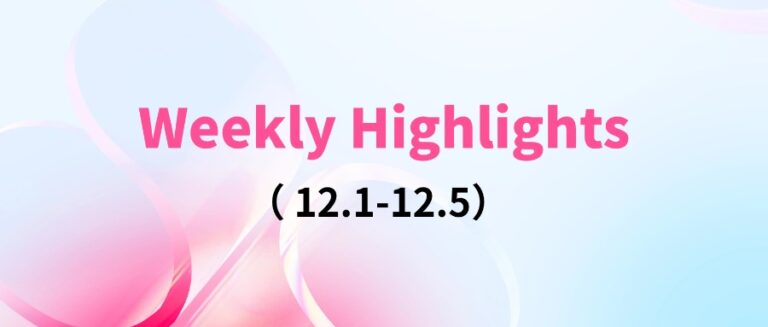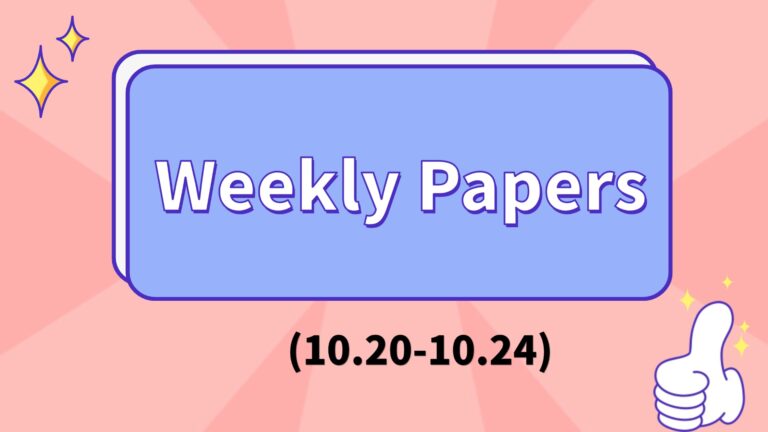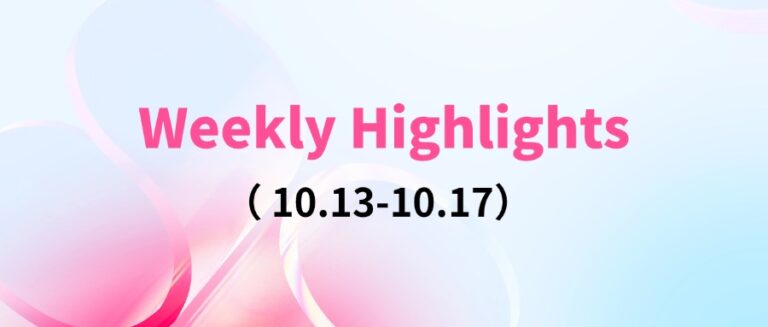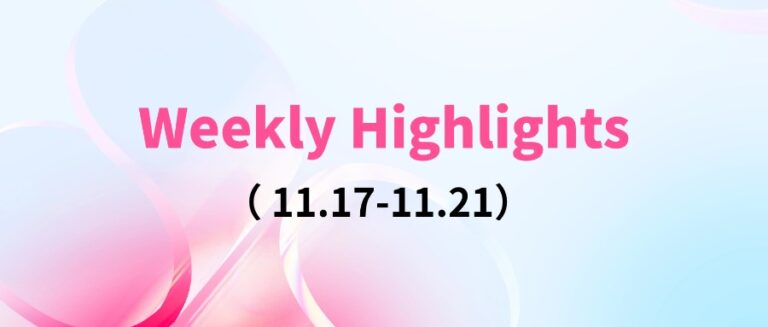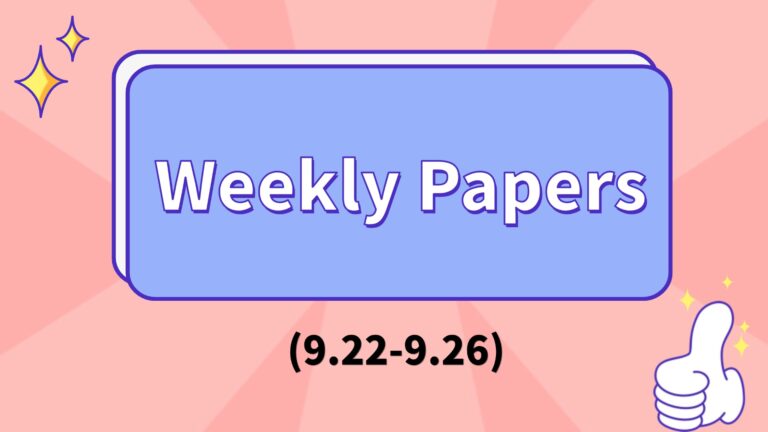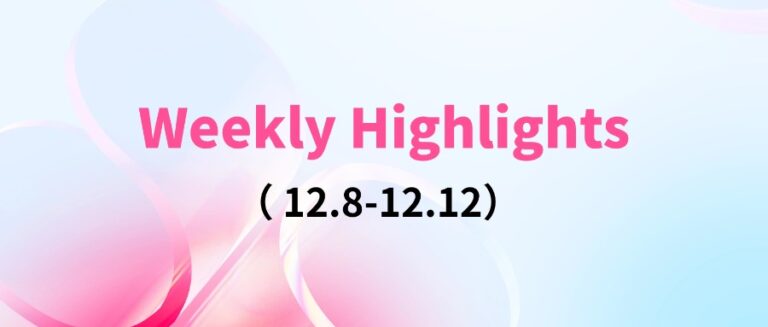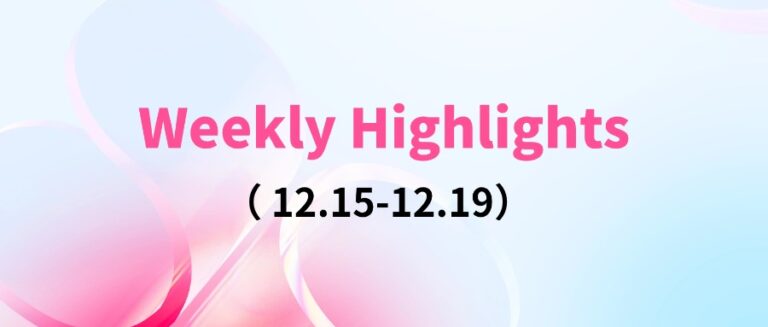Command Palette
Search for a command to run...
AI Weekly Paper: Reinforcement Learning, Tree-Structured Frameworks, and Graph Retrieval Enhancement Generative Paradigms – A Quick Look at the Latest Achievements in Multiple Fields
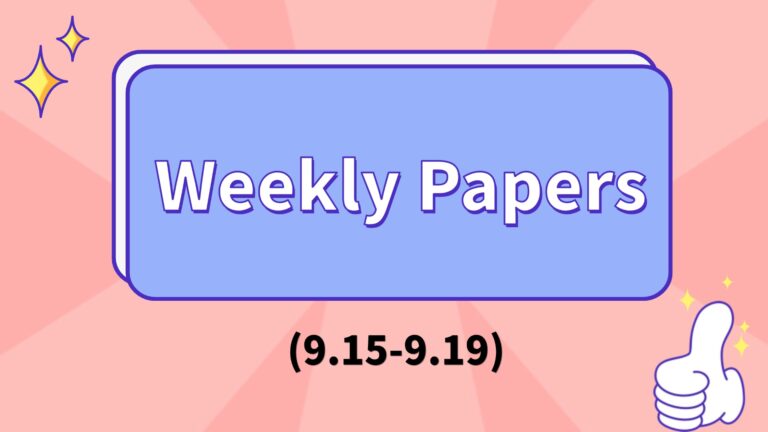
In recent years, reinforcement learning has achieved remarkable results in pushing the boundaries of large language models (LRMs) and has gradually become a core method for transforming large language models into inference-based language models. With the rapid development of this field, the further scalability of reinforcement learning in the LRM field faces a series of fundamental challenges, not only in terms of computing resource limitations but also in multiple aspects such as algorithm design, training data supply, and infrastructure support.
In this context, Tsinghua University, in collaboration with domestic and foreign universities and institutions such as the Shanghai Artificial Intelligence Laboratory, has focused specifically on the research progress of reinforcement learning in improving the reasoning capabilities of LLM and LRM since the release of DeepSeek-R1. They have systematically analyzed its infrastructure, core issues, training resources, and downstream applications, aiming to identify future development opportunities and research directions in this field.
Paper link:https://go.hyper.ai/2BSGR
Latest AI Papers:https://go.hyper.ai/hzChC
In order to let more users know the latest developments in the field of artificial intelligence in academia, HyperAI's official website (hyper.ai) has now launched a "Latest Papers" section, which updates cutting-edge AI research papers every day.Here are 5 popular AI papers we recommend, let’s take a quick look at this week’s cutting-edge AI achievements⬇️
This week's paper recommendation
1. A Survey of Reinforcement Learning for Large Reasoning Models
This paper reviews the latest progress in reinforcement learning (RL) in improving the reasoning capabilities of large language models, with a particular focus on the research progress in improving the reasoning capabilities of LLMs and LRMs since the release of DeepSeek-R1. It systematically analyzes its infrastructure, core issues, training resources, and downstream applications, aiming to identify future development opportunities and research directions in this rapidly evolving field.
Paper link:https://go.hyper.ai/UrAIM

2. ST-Raptor: LLM-Powered Semi-Structured Table Question Answering
This paper proposes a robust and well-generalized knowledge graph construction framework, which integrates intelligent document parsing, table-oriented text segmentation, pattern-guided iterative information extraction, and introduces a reflection-driven feedback mechanism.
Paper link:https://go.hyper.ai/0oT2b

3. Visual Representation Alignment for Multimodal Large Language Models
This paper proposes a simple and effective regularization strategy, Visual Representation Alignment (VIRAL), which aligns the visual representations within MLLMs with the representations of pre-trained visual basis models (VFMs) to achieve more effective visual information integration.
Paper link:https://go.hyper.ai/AGpt3

4. Why Language Models Hallucinate
Graph Retrieval Augmented Generation (GraphRAG) significantly improves the performance of large language models on complex reasoning tasks by organizing fragmented knowledge into explicitly structured graphs. This paper proposes a vertically unified agent paradigm, Youtu-GraphRAG, which deeply integrates the entire framework into a cohesive whole. Experimental results demonstrate that this method exhibits excellent adaptability and enables smooth domain transfer with minimal intervention in the graph model.
Paper link:https://go.hyper.ai/UtBzR

5. CryptoScope: Utilizing Large Language Models for Automated Cryptographic Logic Vulnerability Detection
This paper proposes a robust and well-generalized knowledge graph construction framework, which integrates intelligent document parsing, table-oriented text segmentation, pattern-guided iterative information extraction, and introduces a reflection-driven feedback mechanism.
Paper link:https://go.hyper.ai/0oT2b

The above is all the content of this week’s paper recommendation. For more cutting-edge AI research papers, please visit the “Latest Papers” section of hyper.ai’s official website.
We also welcome research teams to submit high-quality results and papers to us. Those interested can add the NeuroStar WeChat (WeChat ID: Hyperai01).
See you next week!

